1.链表
类型:单链表,双链表,循环链表

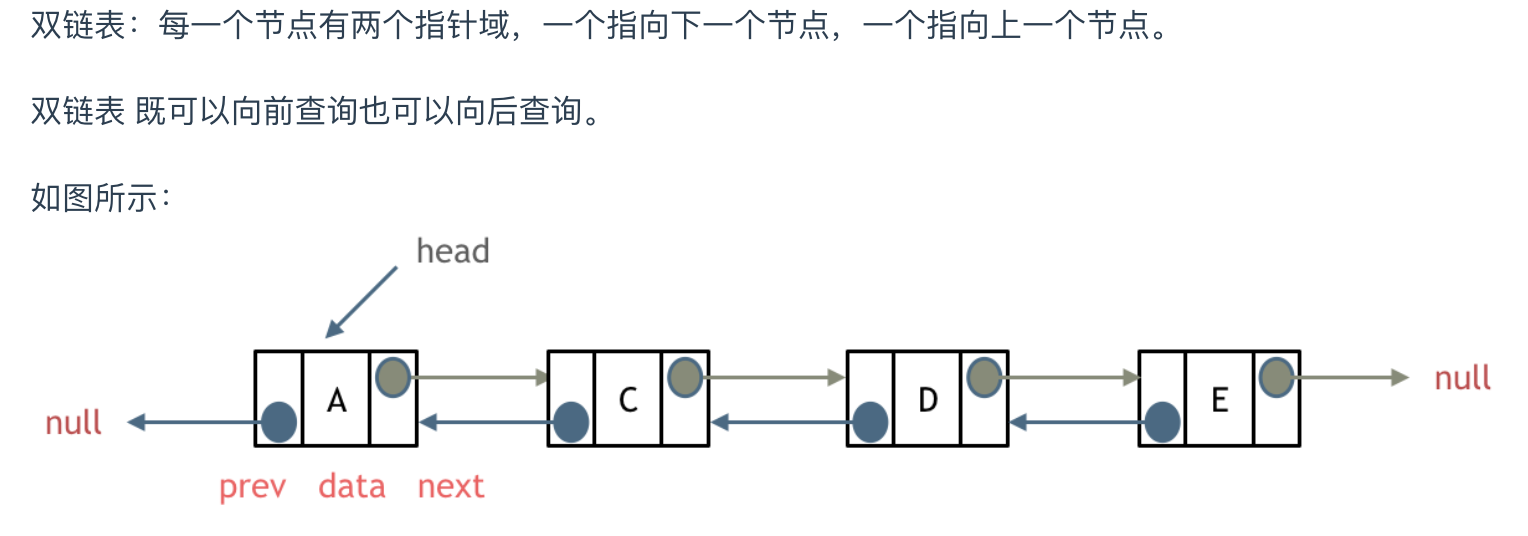
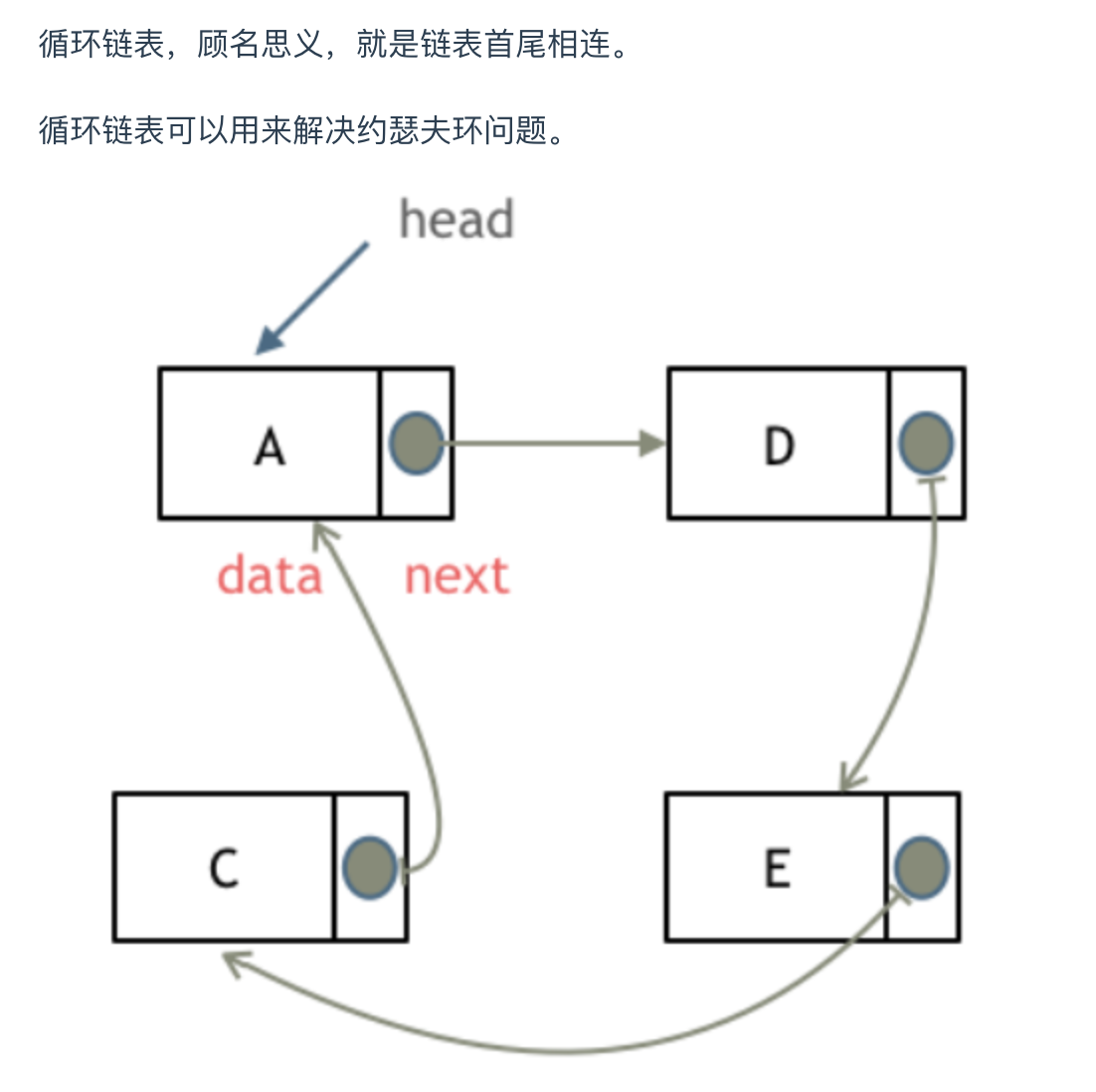
数组是在内存中是连续分布的,但是链表在内存中可不是连续分布的。
链表是通过指针域的指针链接在内存中各个节点。
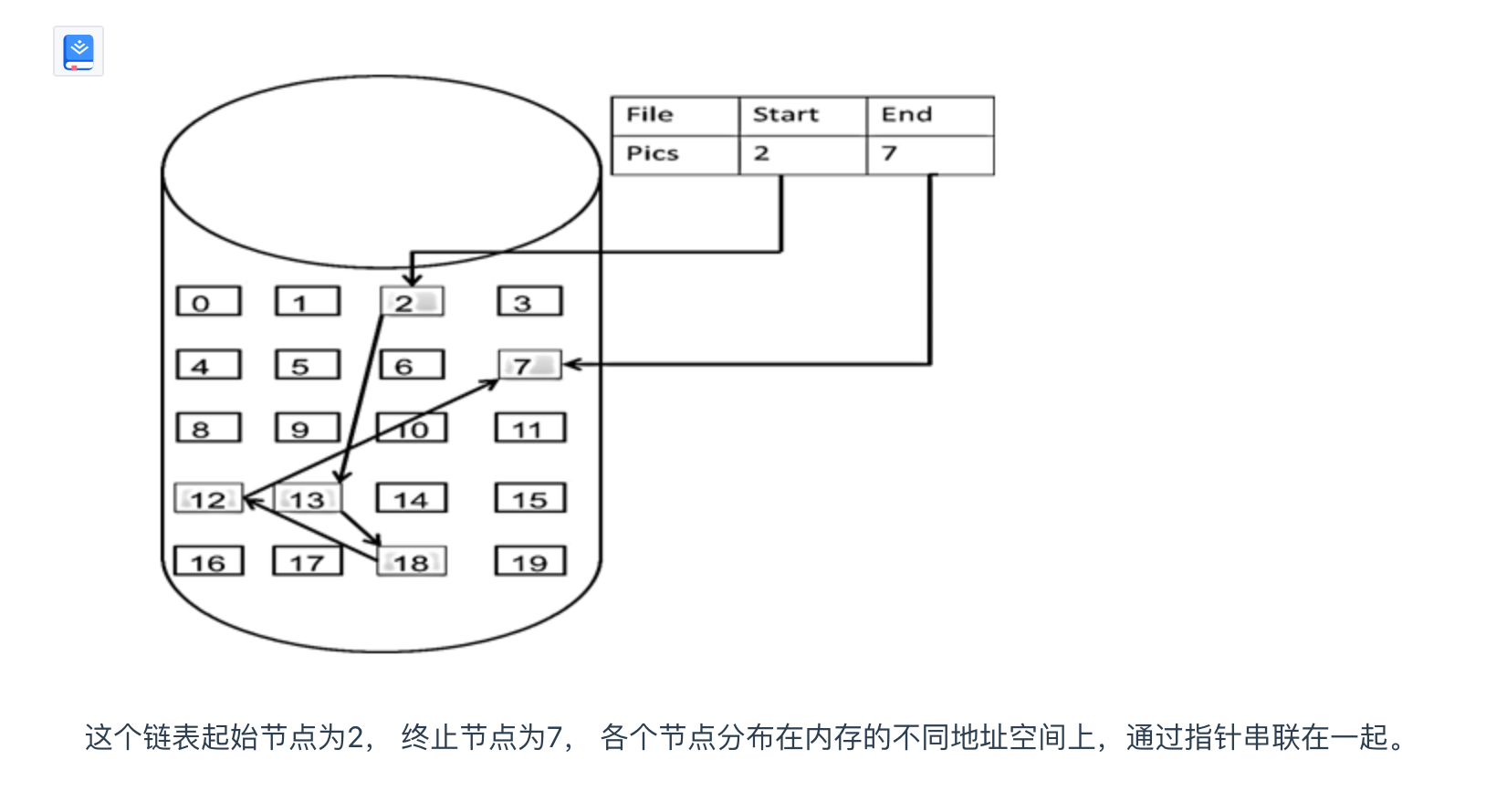 Python链表操作
Python链表操作
1. 定义链表节点类:
class ListNode:
def init(self, value=0, next=None):
self.value = value
self.next = next2. 创建链表:
# 创建链表 1->2->3->4->5
head = ListNode(1)
head.next = ListNode(2)
head.next.next = ListNode(3)
head.next.next.next = ListNode(4)
head.next.next.next.next = ListNode(5)3. 遍历链表:
def print_linked_list(head):
current = head
while current:
print(current.value, end=" -> ")
current = current.next
print("None")
# 输出: 1 -> 2 -> 3 -> 4 -> 5 -> None
print_linked_list(head)4. 插入节点:
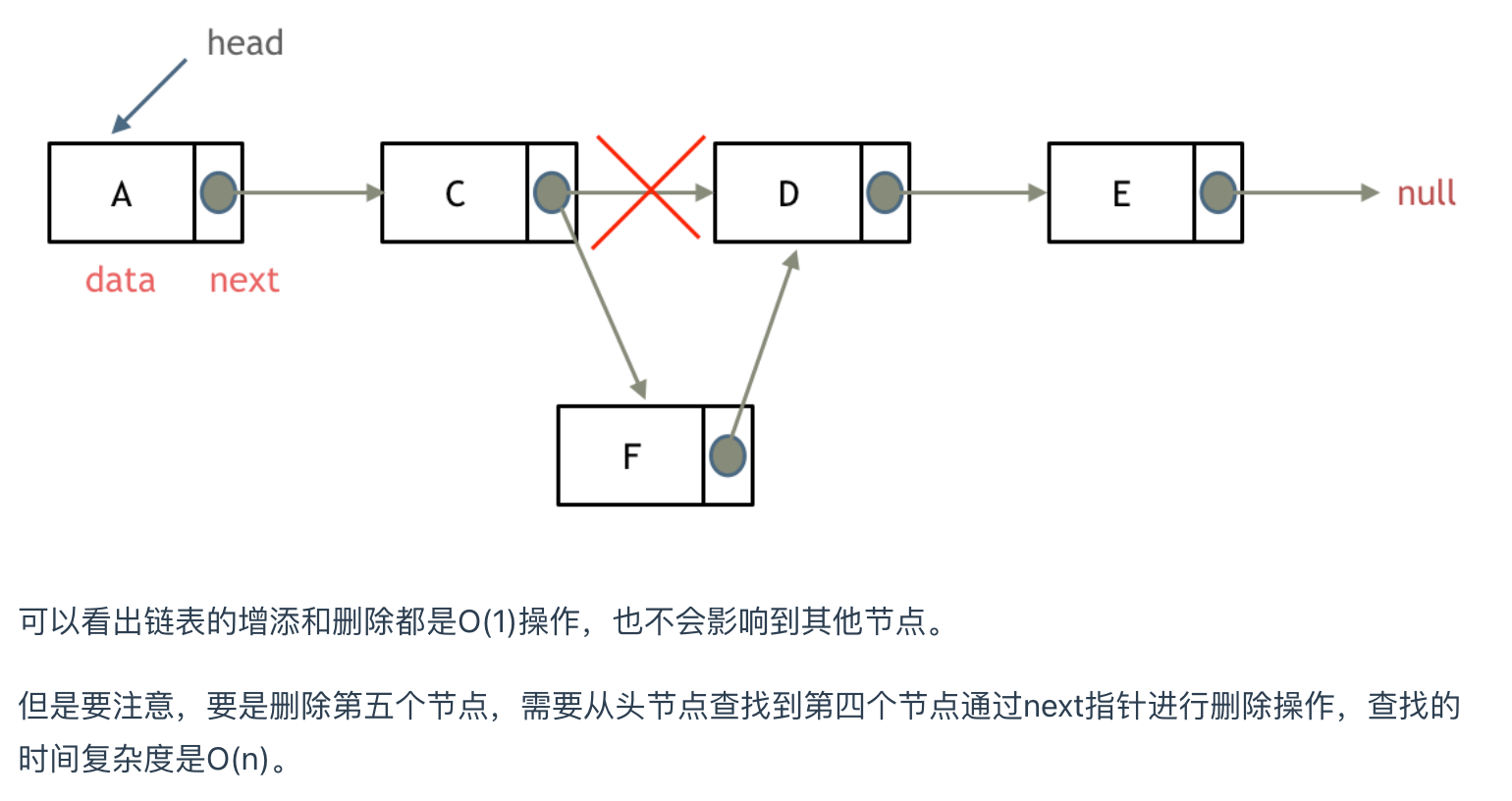
def insert_node_after(node, new_value):
new_node = ListNode(new_value)
new_node.next = node.next
node.next = new_node
# 在节点 2 后插入节点 6
insert_node_after(head.next, 6)
# 输出: 1 -> 2 -> 6 -> 3 -> 4 -> 5 -> None
print_linked_list(head)5.删除节点

def delete_node(node):
node.value = node.next.value
node.next = node.next.next
# 删除节点 3
delete_node(head.next.next)
# 原本: 1 -> 2 -> 6 -> 3 -> 4 -> 5 -> None
# 输出: 1 -> 2 -> 3 -> 4 -> 5 -> None
print_linked_list(head)
6.反转链表
def reverse_linked_list(head):
prev = None
current = head
while current:
next_node = current.next
current.next = prev
prev = current
current = next_node
return prev
# 反转链表
new_head = reverse_linked_list(head)
# 输出: 5 -> 4 -> 3 -> 2 -> 1 -> None
print_linked_list(new_head)性能分析
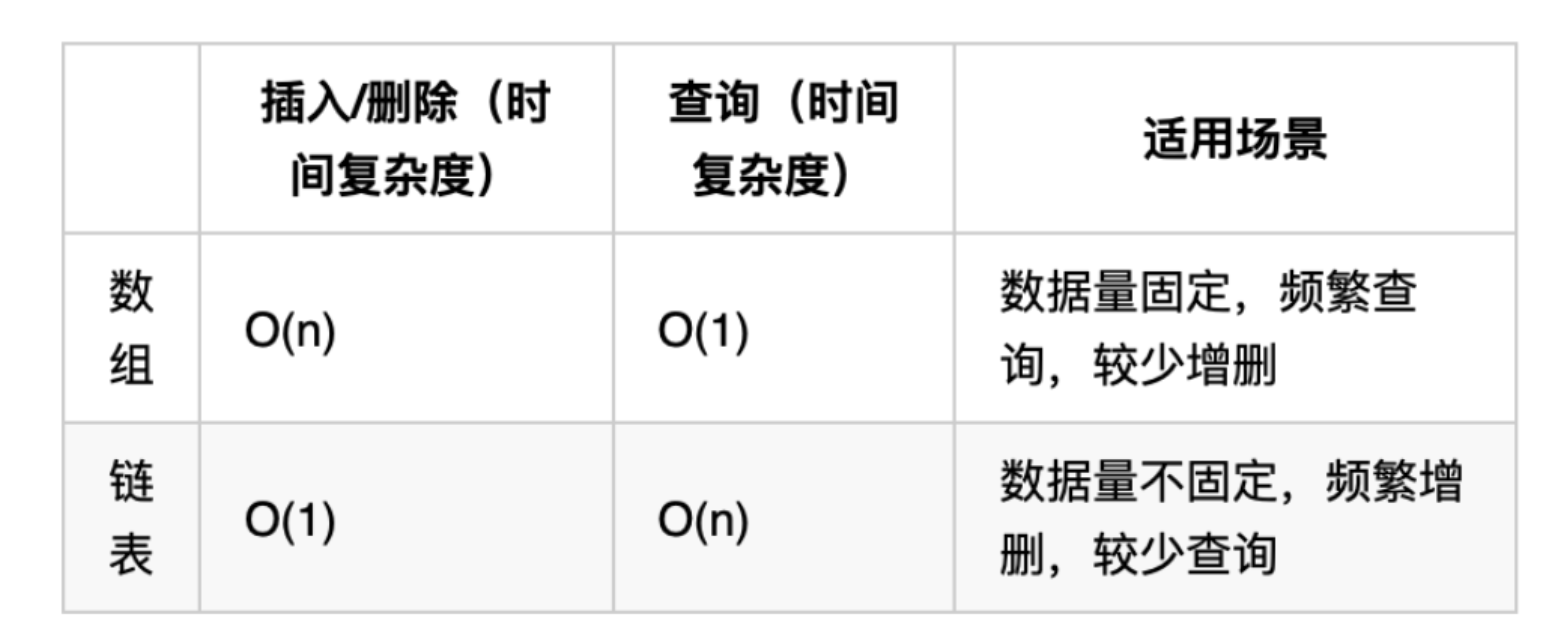 数组的查询时间复杂度为 O(1) 是因为数组具有随机访问的特性。在数组中,每个元素都占据一个固定的内存位置,因此通过索引就能够直接计算出该元素的内存地址。假设数组的起始地址为
数组的查询时间复杂度为 O(1) 是因为数组具有随机访问的特性。在数组中,每个元素都占据一个固定的内存位置,因此通过索引就能够直接计算出该元素的内存地址。假设数组的起始地址为 base_address,每个元素占用的内存空间为 element_size,要访问数组中的第 i 个元素,可以使用以下公式迅速计算该元素的内存地址:
memory_address = base_address + i * element_size
因为计算内存地址的步骤是基本的算术运算,与数组大小 n 无关,所以数组的查询时间复杂度为 O(1)。
2.题目
203.移除链表元素
题目链接/文章讲解/视频讲解::https://programmercarl.com/0203.%E7%A7%BB%E9%99%A4%E9%93%BE%E8%A1%A8%E5%85%83%E7%B4%A0.html
思路:找个辅助节点,指向原节点,找个指针去做删除操作
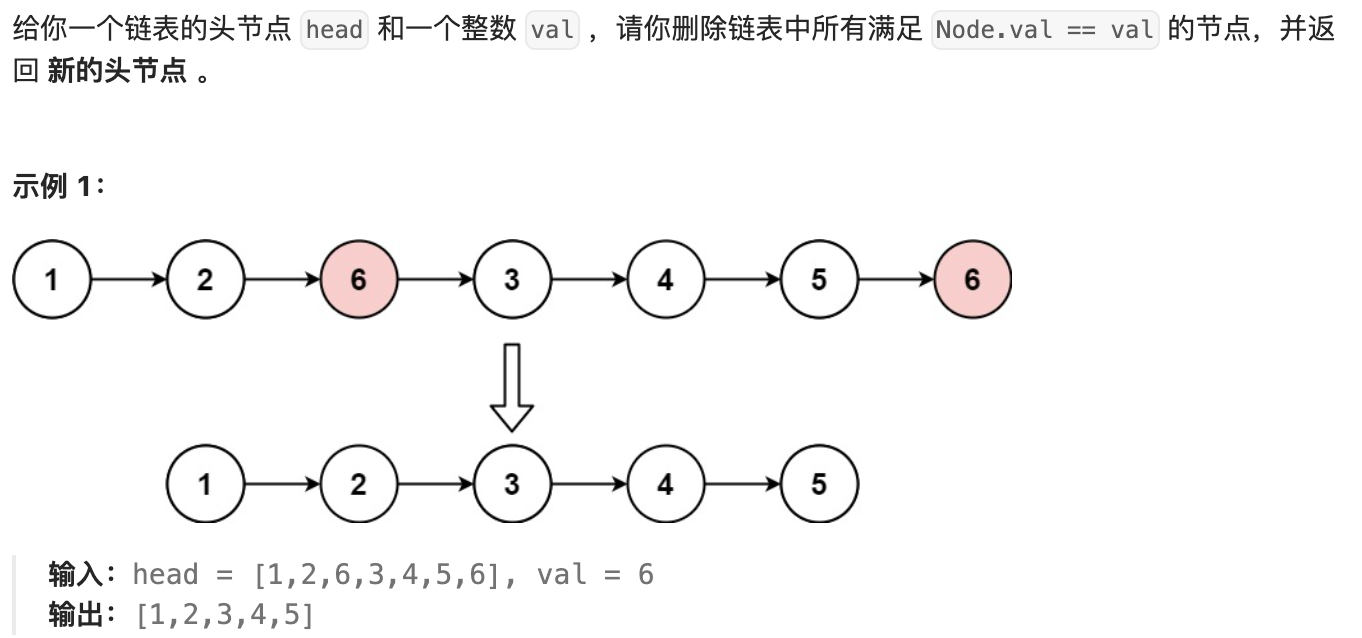
# Definition for singly-linked list.
# class ListNode:
# def __init__(self, val=0, next=None):
# self.val = val
# self.next = next
class Solution:
def removeElements(self, head: Optional[ListNode], val: int) -> Optional[ListNode]:
new=ListNode(next=head)
current=new
while current.next:
if current.next.val == val:
current.next=current.next.next
else:
current=current.next
return new.next707.设计链表
建议: 这是一道考察 链表综合操作的题目,不算容易,可以练一练 使用虚拟头结点
题目链接/文章讲解/视频讲解:https://programmercarl.com/0707.%E8%AE%BE%E8%AE%A1%E9%93%BE%E8%A1%A8.html
206.反转链表
题目链接/文章讲解/视频讲解:https://programmercarl.com/0206.%E7%BF%BB%E8%BD%AC%E9%93%BE%E8%A1%A8.html
思路:先把cur.next暂存,再把next指向pre,再把暂存赋值给pre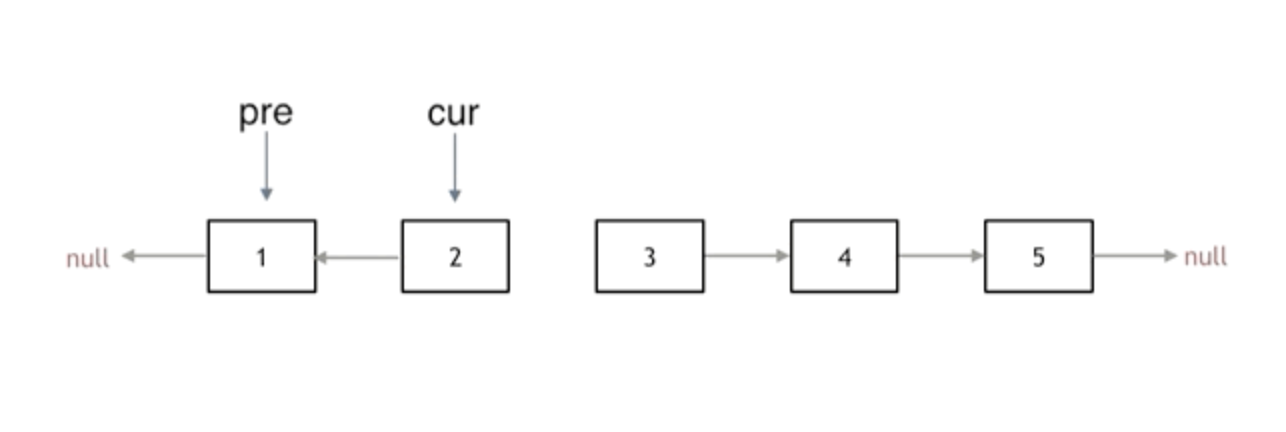
class Solution:
def reverseList(self, head: Optional[ListNode]) -> Optional[ListNode]:
pre=None
cur=head
while cur:
zan = cur.next
cur.next=pre
pre=cur
cur=zan
return pre
